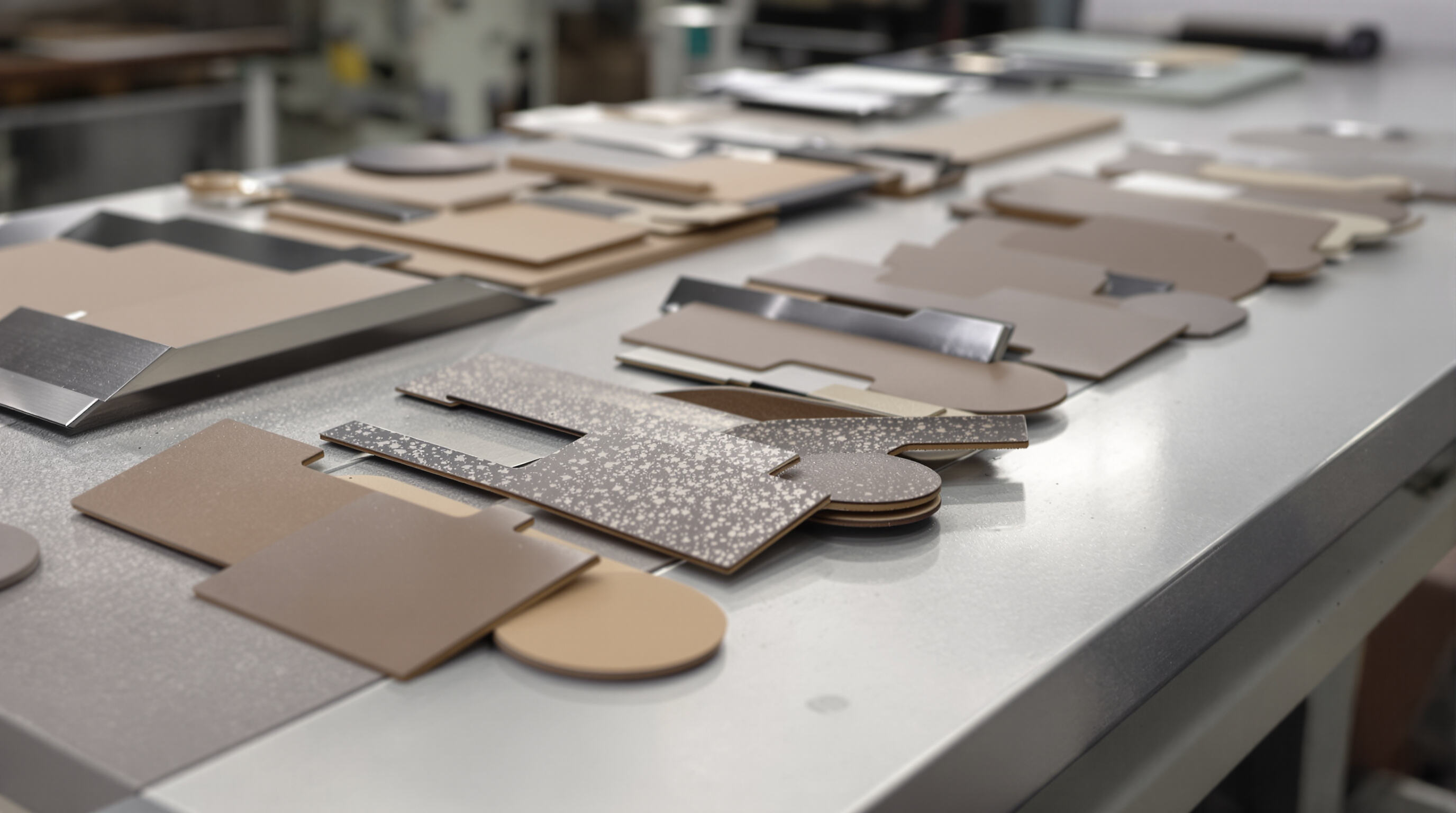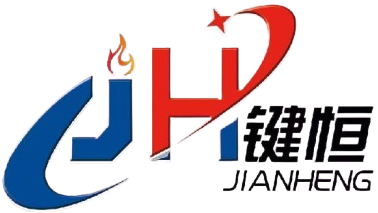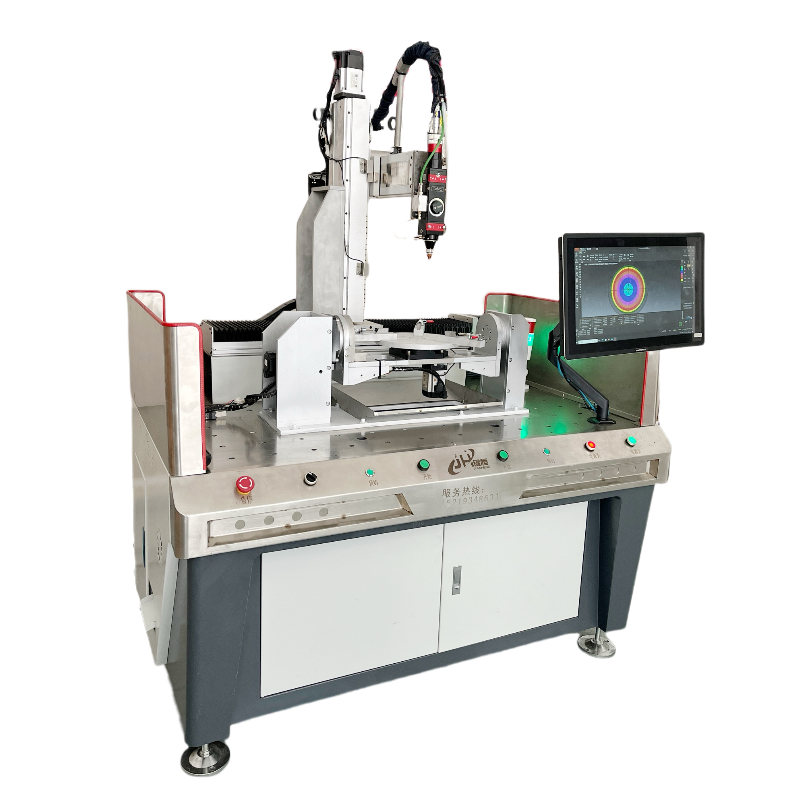Laser Cutting Machine: Case Study in Precision Manufacturing
Implementation of Laser Cutting Machine at a Leading Intelligent Equipment Manufacturer
A major factory in China that makes industrial machinery recently brought in a top notch laser cutting system to replace their old mechanical cutting methods. Switching over didn't take much work at all for the team there. They barely had to adjust anything on the machines themselves, and most workers picked up the new process pretty quickly without needing extensive training sessions. The whole operation was up and running smoothly across the plant floor just around ten days after installation began. What stands out about this change is how well the laser tech works alongside what they already have set up shop wise. No more fiddling with those pesky mechanical dies or constantly adjusting blades every time they switch materials – something that used to eat up hours each week before.
Performance metrics: Precision, speed, and efficiency gains in leather and metal processing

Looking at what happened after deployment showed some pretty impressive changes. The cutting got much more accurate, hitting that tight 0.05mm tolerance standard. Processing speeds jumped around 40% when working with stainless steel parts, which is a big deal for manufacturers. And there was an 18% drop in wasted materials thanks to better nesting techniques. When it comes to leather goods manufacturing, the system's non-contact approach solved those pesky deformation problems that plague traditional blade cutting methods. Even on intricate shapes, it maintains about ±0.1mm accuracy, something many shops struggle with. The numbers tell the story too - operational stats show a solid 27% improvement in overall equipment effectiveness (OEE). This mainly came from shorter changeover periods between jobs and being able to run continuously day and night without interruptions.
Client feedback on improved quality and production throughput
Clients have seen around 30 percent fewer product defects and their order processing times dropped by about 22 percent overall. An automotive supplier working with gaskets mentioned that consistent edges in production basically cut down on all that tedious manual fixing work they used to do, which made everything run much smoother during later stages of assembly. Factory supervisors are reporting roughly 35% more output from the same number of workers, thanks largely to how the system handles materials automatically and keeps making identical products even when running batches of over ten thousand units. The savings add up pretty quickly when looking at both quality improvements and operational efficiency.
FAQ
What is the primary advantage of using laser cutting technology?
Laser cutting technology provides precision, speed, and efficiency in manufacturing, reducing material waste and improving product consistency.
How does laser cutting impact product quality?
Using laser cutting results in fewer product defects and reduced need for manual adjustments, enhancing overall product quality.
Can laser cutting systems be integrated easily into existing manufacturing processes?
Yes, laser cutting systems can be easily integrated with minimal adjustments and training, facilitating smooth transitions.






